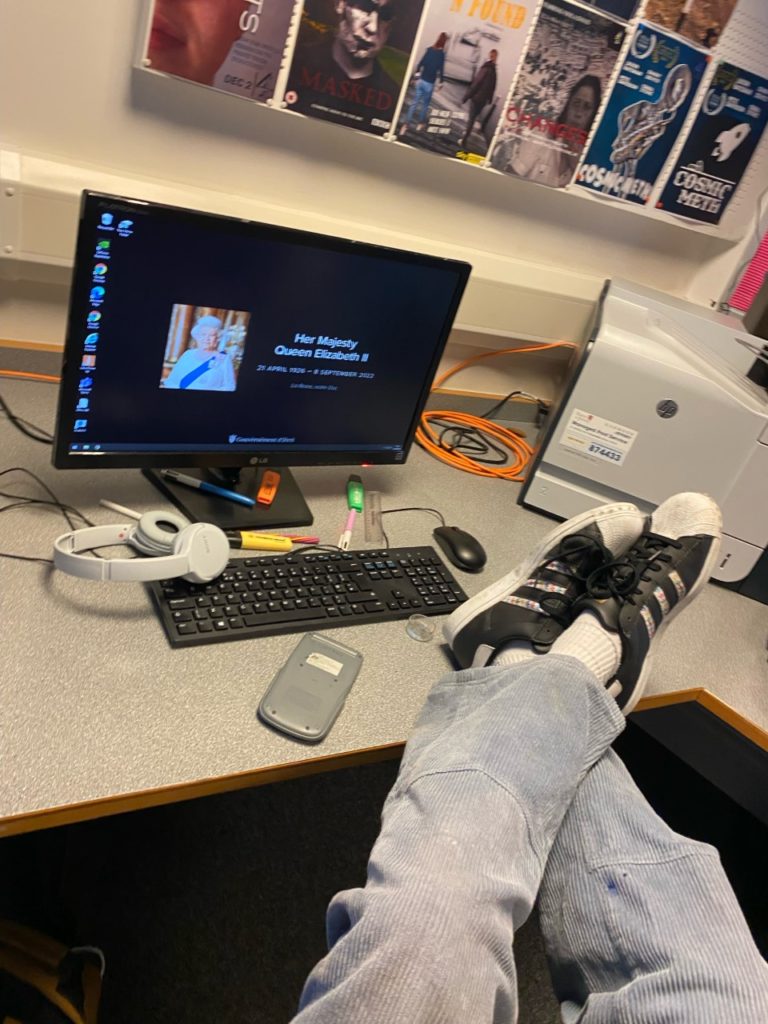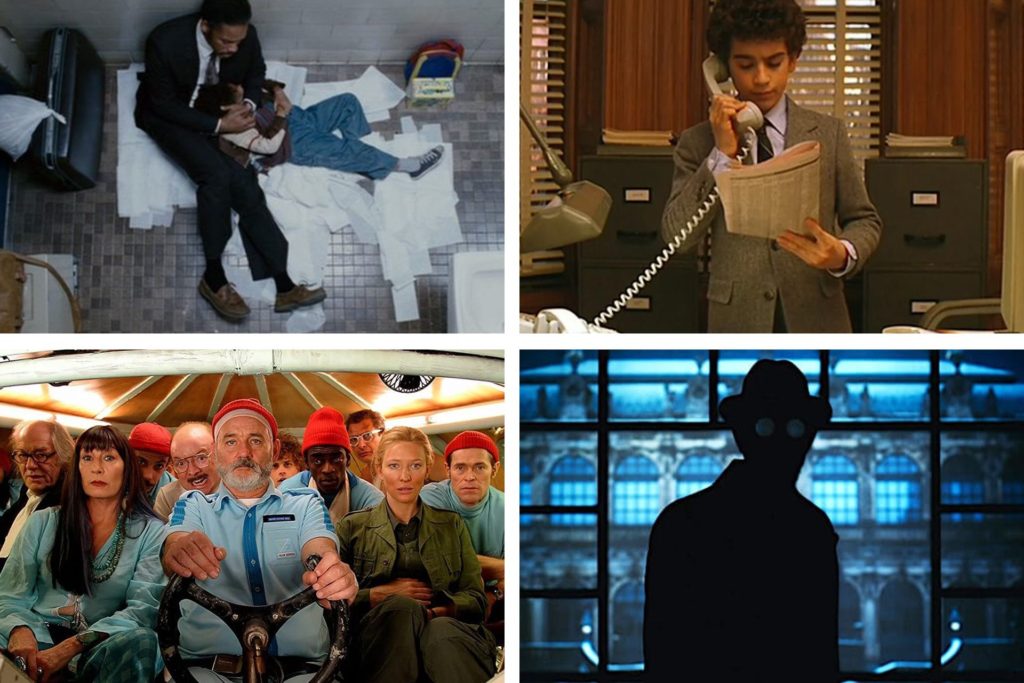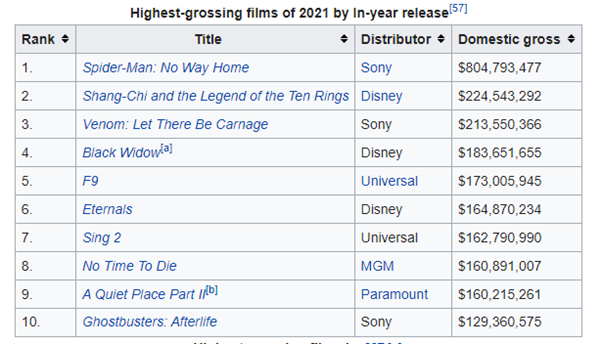What makes films “Good”?
Aaron Roberts
I believe an important part of what makes films “good” comes from the cinematography of the film and the reality in which it is set.
I believe the film “Se7en” is a good example of this. The director, David Fincher, has used various techniques such as; every scene set inside the city has the background noise of faint rain and people roaming around. This gives us the impression that the city is real and grounds the setting more into its part in the movie. This is done not only by the sounds but also by the way the city looks.
By choosing to have the city be constantly raining or dark it gives this film noir genre to the city and this makes it far easier to believe as many real life cities do look and feel quite run down and old. However, choosing to have the city be run down and several buildings crumbling represents the plot of the movie and how people’s morals are crumbling along with the city, In addition to this when arriving at the scene the main characters can be seen interacting with various “citizens”. Although this might seem like an obvious thing to do, the way in which the citizens behave makes it more realistic as they are curious about what happened however do not want to become part of the gruesome crime. Additionally by having the world react around these crimes does help the movie in becoming more believable as a city standing by and letting a mass murderer on the lose without reacting in any way woukd completely shatter the illusion of the world. Fincher does this very well by not having the public outwardly panicking; however whenever we get shots inside the police station we can see various cops becoming more stressed and our main characters, Detective Mills and Somerset, becoming frantic the more crime scenes they visit.
Another brilliant film that creates a realistic and grime filled atmosphere is 2022’s “The Northman”. Directed by Robert Eggers it truly shows what living in a viking world would look like. By showing us the brutality of these warriors it shows how much this movie cares about the atmosphere it’s trying to create. Eggers does a great job at this by not only showing the protagonist’s point of view in battle but has a grand view of it so we can watch as everyone fights and not just the main character as this would break immersion. Additionally, having the main character be motivated by revenge and wanting to see his family again is a very relatable way to build up a believable character. Furthermore one of the opening shots of the film features the shoreline of the island as the choppy sea smacks against the cliff face. The slight blue tint that has been put over this shot has perfectly illustrated to the audience how Eggers wanted the audience to feel. It shows us how cold, lonely and unforgiving the environment is and how our protagonist is all of these characteristics.
My third example of a film that’s atmosphere creates it is “Star Wars: Episode V – The Empire Strikes Back”. This being a Star Wars film obviously it’s going to be set on various planets that are not Earth, this means that having a believable atmosphere is harder to achieve as we are unfamiliar with these places. However, one example from this movie is the ice planet of Hoth. During the battle of Hoth we are shown a camera shot of “AT-AT’s” advancing towards our heroes. This truly shows how empty and barren the planet truly is. There’s nothing apart from snowy hills and the metal of the walkers. This serves to show how desperate and alone the heros are at this point in the film. This creating this type of atmosphere is most impressive considering again that it’s a foreign planet that we’re never going to visit because it’s not real and how all the technology isn’t real.
I believe there isn’t one singular thing that makes a film objectively “good”, I think it takes a lot of things such as lighting, acting, soundtrack and cinematography. However, I do believe that the most important thing is the atmosphere. As if the atmosphere isn’t believable, the film will have a harder time trying to convince its audience to believe it.



